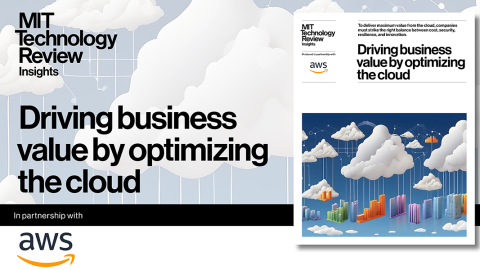
Valerie worked at Bryan Metal Systems, making suspensions for Chrysler. She made good money there, but that company was taken over in 2005 by Global Automotive Systems. In 2010, Global shut down the Bryan plant and sent the work to Michigan as part of a “global optimization strategy.” Valerie traveled to Michigan to help train her replacements. After that, she bounced around, sometimes working temp factory jobs, until she landed at the Sauder furniture plant.
By 2019, unemployment was below 4% in Williams County, but higher-paying jobs had been replaced by work with low wages and “temporary” status that employers maintained—in name only—so they wouldn’t have to pay benefits. Menards, a big Midwestern home-improvement retailer, became the largest employer in the county. Menards wrangled a rich package of tax incentives and infrastructure out of local and state government in return for putting a distribution center about 15 minutes northeast of Bryan. By late 2019 people were starting at about $14 an hour, or about $28,000 per year, for full-time work. In the last 20 years, the median household income in Williams County (in constant dollars) has gone from $62,000 to $49,500. Defined-benefits pensions have given way to less-generous retirement savings accounts. Health insurance premiums have gone up. So have deductibles.
As the employment landscape changed, so did the county’s demographics. Young people, especially college-educated young people, left and didn’t come back. I asked Les McCaslin, the retiring chief of the Four County Board of Alcohol, Drug Abuse, and Mental Health Services and a native of the area, how he thought they might be persuaded to return. He remembered a recent economic development meeting: “We were talking about the town. And I simply said, ‘Why would you come here? Why would I bring my two kids?’ And there was silence in the room. You had commissioners there and they couldn’t come up with one reason.”
The Menards effect
Bryan’s hospital, Community Hospitals and Wellness Centers (CHWC), caught the fallout from these changes. As was true in many such communities, CHWC, an independent community hospital, became the largest employer in town. But it struggled to stay open and independent. Because the county’s population was getting poorer and older, many patients qualified for either Medicaid or Medicare, both of which pay lower reimbursement rates than private insurance. (The two government programs account for two-thirds of CHWC’s revenue.) So although, say, an MRI machine costs CHWC just as much as it would another hospital in a richer area, CHWC gets paid at a lower rate when it is used.
Former hospital CEO Phil Ennen calls this “the Menards effect.” The company was “a real problem for us,” he says. “Seventy-five percent of Menards [employee] accounts with us are Medicaid, charity, or some sort of self-pay. From a health-care perspective, they are a horrible employer.”
Many people were like Valerie: they just didn’t go to doctors. The spring after we sat in the basement of the church, Valerie was back there, this time counting Girl Scout cookie money with her daughter and a friend. She still worked three jobs. Her back ached from an old injury during her days at Bryan Metal Systems. And she was coughing from a bug she thought she’d caught from a coworker at Sauder. Valerie wound up with bronchitis, an inner ear infection, and a sinus infection, but she didn’t miss any work, because she had no paid sick leave. “No! I went to work every day,” she said, laughing, which called forth a brief coughing fit.





Recent Comments